Strength, fracture and damage
Strength, fracture and damage
Thin-plate perforation studies of Boron Carbide
- Joao Pedro Duarte (RA)
- Daniel Eakins
- Finn Giuliani
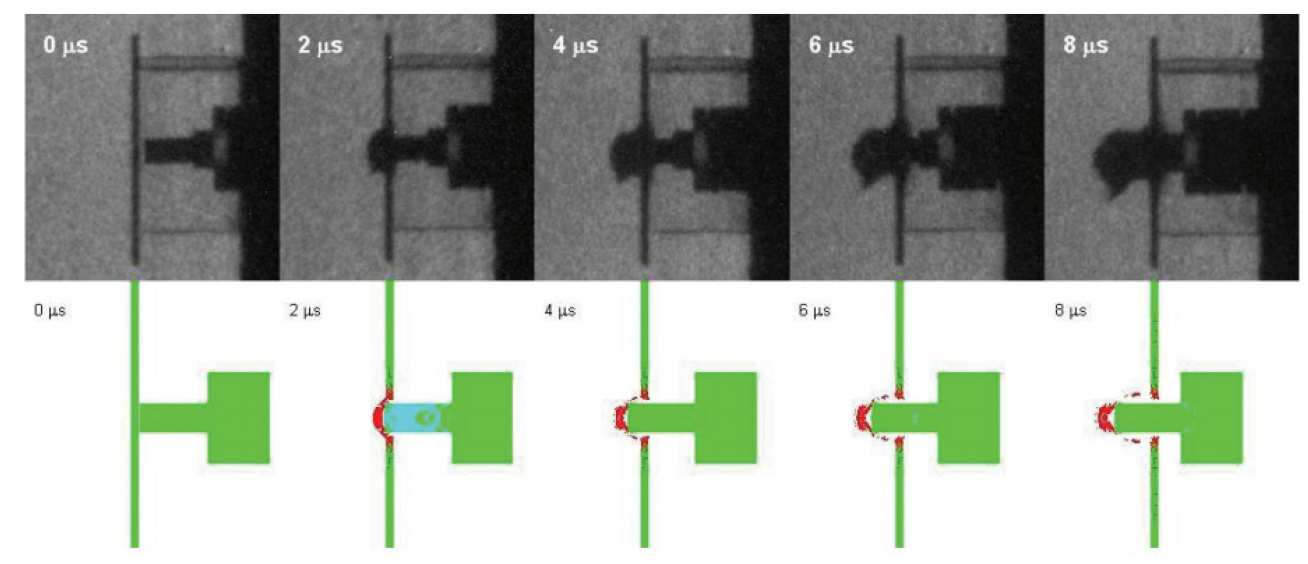
Boron Carbide (nominally B4C) is one of the hardest materials presently known. Its extreme strength (~45 GPa) and high Hugoniot Elastic Limit (HEL, ~20 GPa), combined with a low specific gravity, have made it a preferential ceramic material for ballistic armour for many years. In spite of such superb properties, it exhibits an anomalous drop in strength at pressures beyond the HEL. This has been correlated with the formation of amorphous shear bands thought to result from shear stresses which deform and debond the three-atom bridges connecting the icosahedral units characteristic of B4C’s structure. Recent theoretical studies have nevertheless suggested that the incorporation of small amounts of Si in boron carbide could largely suppress the formation of the B4C polytype weakest to the debonding, unlocking its potential for strength >40 GPa.
A research programme in collaboration with the Department of Materials at Imperial College London investigating the dynamic behaviour of Si-incorporated boron carbide was initiated in 2014. Initial thin-plate perforation experiments have been set-up to provide an easy way to perform comparative studies using global kinematic observables such as dwell times or ballistic limit velocities. Although less clearly than with plate-impact experiments, this type of study allows drawing correlations with material strength when assisted by explicit dynamics calculations based in appropriate constitutive models. Furthermore, they require lower projectile velocities (<900 m/s) which lie within the capabilities of the ISP’s meso scale launcher.
Once hypervelocity loading platforms capable of creating uniaxial stress states above 20 GPa become available at the ISP, the programme will evolve to plate-impact experiments complemented with time-resolved Raman spectroscopy to directly probe amorphous band formation.
Figure 13: Image from a thin-plate perforation experiment of B4C impacted with a steel rod penetrator and corresponding explicit dynamics simulation. Dwell time preceding interface defeat is one of the parameters which can be correlated to material strength using these simulations.
Dynamic fracture and fragmentation
- David Jones (PhD student)
- David Chapman (RA)
- Daniel Eakins
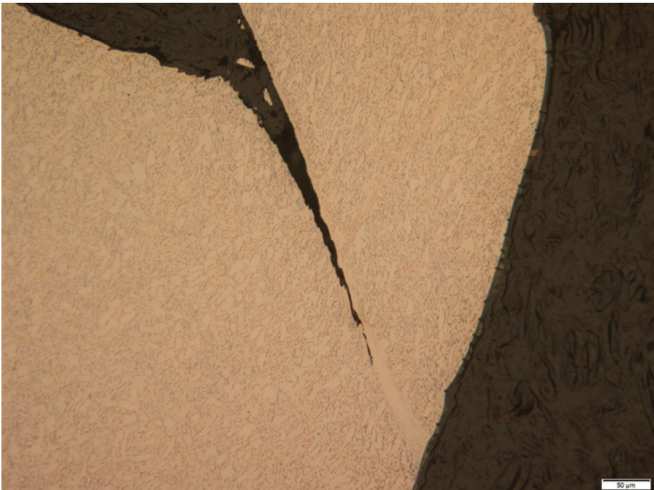
Materials subjected to high strain rate and dynamic loading often fail catastrophically. This terminal response of fracture and fragmentation is a complex event, governed by factors such as material properties, experimental conditions and the loading history in the sample. This makes development of accurate predictive models and simulations challenging, requiring careful design and control over experiments. There has been an ongoing theme in the ISP of developing methods of driving radial expansion in cylindrical samples using the large-bore gas gun, generating a uniform tensile state at strain rates in the order of 103 to 105 s-1. Unique to our facility is the ability to perform this work with the samples at temperatures between 100K and 1000K. This allows investigation of the effect of initial sample temperature on the plastic deformation, fracture initiation and mechanism(s) occurring and the resulting fragmentation patterns.
This research has concentrated on Ti-6Al-4V cylinders at radial strain rates of 104 s-1 at initial temperatures between 150K and 800K. Experiments used a combination of high speed imaging, laser velocimetry (Het-V) and fragment recovery. While the failure strain was observed to increase with temperature, the fragmentation toughness (Kf , analogous to the quasi-static fracture toughness) showed little correlation with an average value of 101 MPa m1/2, suggesting that strain rate is the dominant parameter. Recovered fragments were studied under optical and electron microscopy and electron backscatter diffraction. At high temperatures (>700K) the fracture mechanism observed was through void nucleation and coalescence along adiabatic shear bands, in contrast to ductile mode II tearing at lower temperatures where no signs of transformation were found.
Publication: DR Jones, DJ Chapman, DE Eakins Gas gun driven dynamic fracture and fragmentation of Ti-6Al-4V cylinders Journal of Physics: Conference Series, 500 (11), 112037, (2014)
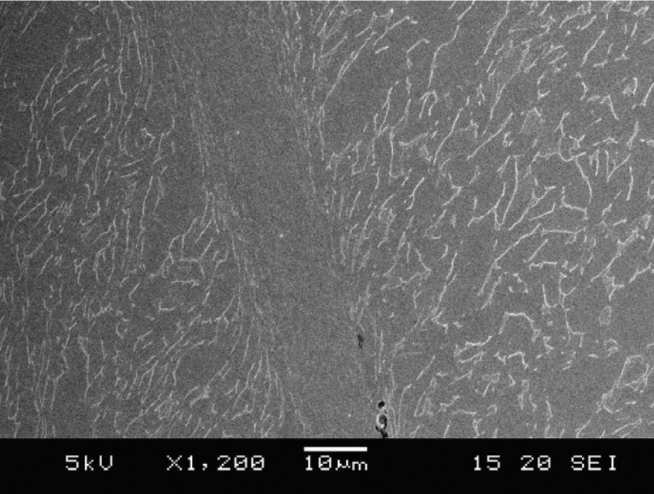
Figure 14:Light microscopy image of a polished and etched fragment from a Ti-6Al-4V expanding cylinder, initial temperature 750K and a radial strain rate of 104 s-1. Shown is an arrested fracture, propagating along an adiabatic shear band.
Figure 15: The same arrested fracture under a scanning electron microscope, showing the void nucleation and coalescence along the transformed band.
On the characterisation of shock-induced sliding along multi-material interfaces
- Mark Collinson (PhD student)
- David Chapman (RA)
- Daniel Eakins
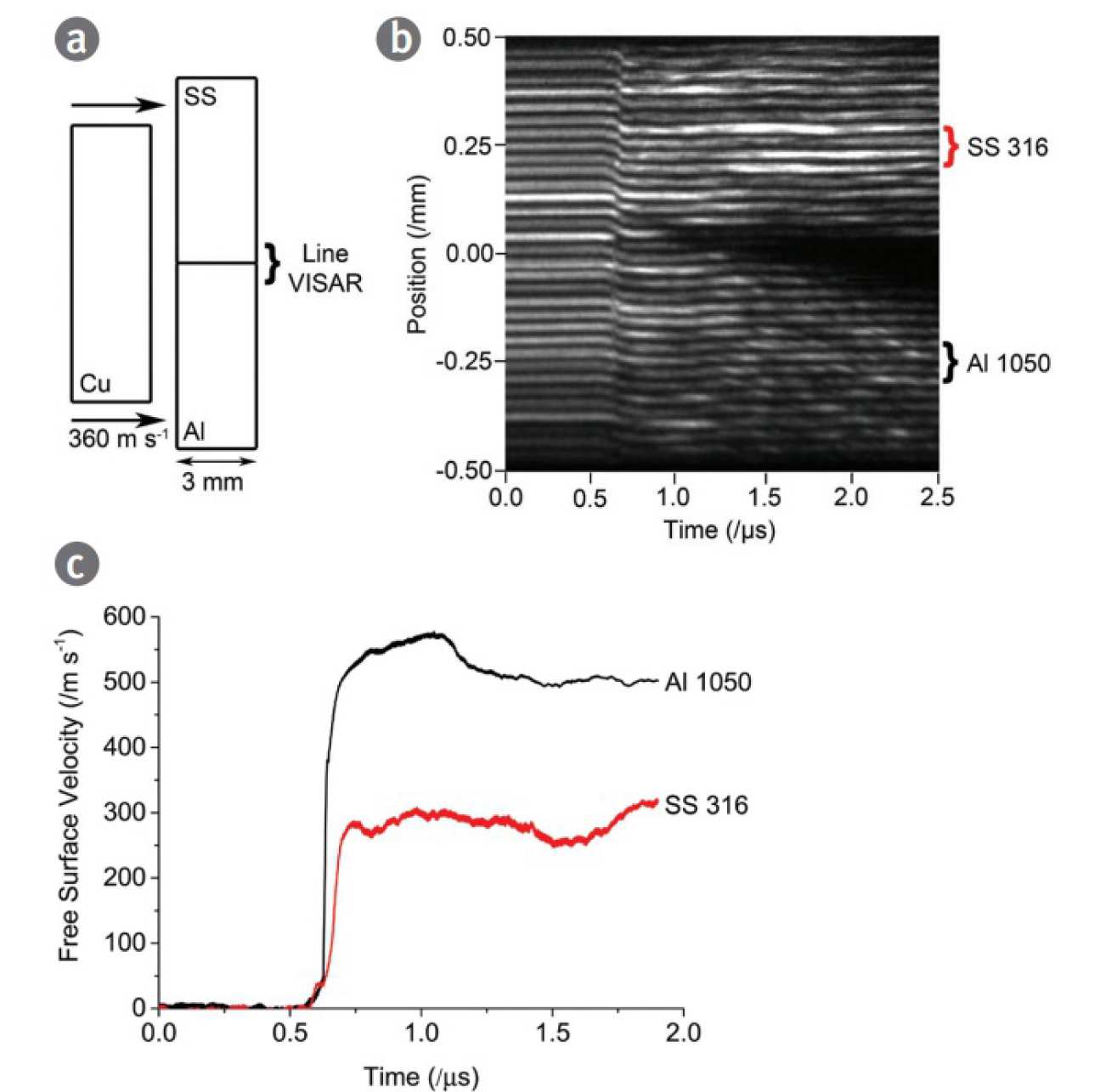
The high strain rate behaviour of multi-component systems is often dominated by the characteristics of material interfaces. These characteristics include material pairing, surface roughness, regions of noncontact (gaps), and orientation of the interface with respect to loading. In order to unravel the complex interplay between these various parameters, a series of precision plate impact experiments were conducted on the Imperial meso scale gas gun. These focused on providing spatially resolved velocimetry of the early time response at aluminium – stainless steel contact interfaces of varying angle and alloy composition. Results from these demonstrate the significant role of a combination of the equilibration of pressure states and the closure of micrometre size gaps in defining the relative particle velocities of the constituent components. The results from this have enabled the successful completion of the PhD.
Figure 18: (a) Schematic of the impact configuration, showing a copper flyer impacting an aluminium stainless steel friction couple. (b) A raw line-VISAR streak record. (c) Reduced average velocity-histories from the lineVISAR streak record
Investigation of elastic precursor decay in thick deposited films
- John Winters (PhD student)
- Simon Bland • Daniel Eakins
- David Chapman (RA)
- Thomas White (RA)
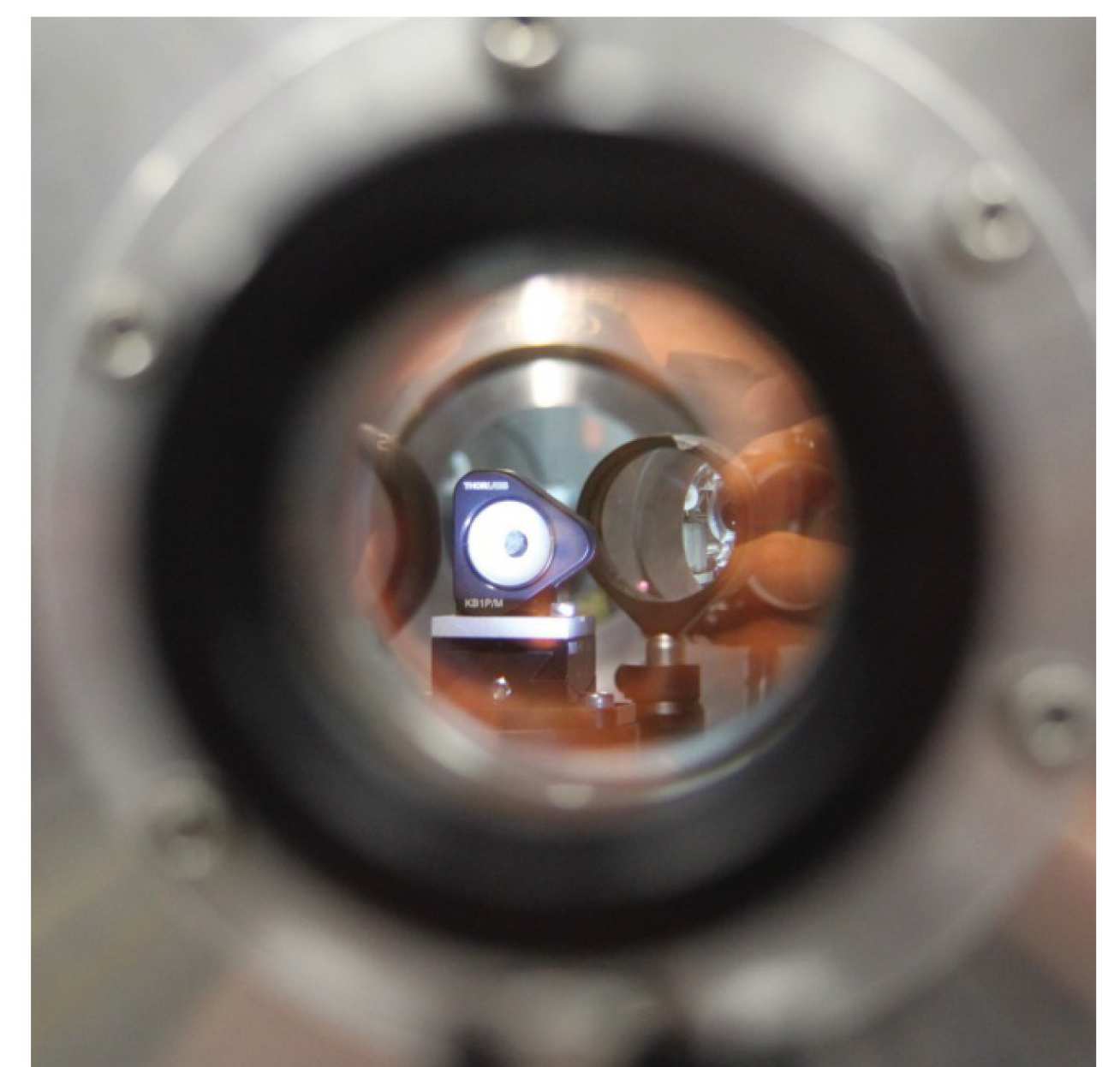
The phenomena of elastic precursor decay, where the threshold for the transition of elastic to plastic behaviour is observed to increase with decreasing sample thickness, has been the subject of intense study over the last few decades. However, the role of parameters such as microstructure, impurity concentrations, or defect populations remains relatively poorly understood and strongly material dependent. Over the last year significant progress has been made towards the development of laser driven shock capability within the ISP for the study of precursor decay. The Cerberus STAR (Shock Target ARea) has been readied for experiments on thinned samples, with commissioning shots on windowed thin film aluminium and tin completed in the past year. The long-pulse beam line of the Cerberus STAR is now operational, delivering in excess of 6J over 1ns onto the target at the fundamental frequency. Remote target positioning for multi-shot samples permits a 20 minute rep. rate, while maintaining a high vacuum. A Velocity Interferometer (VISAR) diagnostic has been proven, with an upgrade underway to include a Normal Displacement Interferometer (NDI) option for greater sensitivities while maintaining temporal resolution.
Figure 20: View down the Cerberus laser beam path towards a 17 micron thick target, where the drive beam ablates the surface to drive a shock. The line VISAR and target positioning final objective lenses can be seen either side of the target.
Temperature effects and strain rate effects on the piezoelectric charge production of PZT 95/5
- Amnah Khan (PhD student)
- William Proud
This research seeks to develop a better understanding of the piezoelectric ceramic lead zirconate titanate (PZT) 95/5 with varying temperatures, porosities, geometric sizes and strain rates. For this reason, a number of experiments are being carried out on both piezoelectric and non-piezoelectric materials, including epoxy resins and metals, in order to establish a good understanding of these effects on materials that are generally well understood, and to provide a comparison for the piezoelectric PZT 95/5.
Different compression rates are achieved using quasi-static loading equipment, drop-weight towers and Split Hopkinson Pressure Bars (SHPBs). Varying temperatures are achieved using purpose-built environmental chambers. Construction and characterisation of a heat exchange chamber for the SHPB is under way. The system consists of a box into which the ends of the input and output bars, sandwiching the sample, are positioned. Cold gas from a liquid nitrogen cylinder is blown in to achieve low temperatures; to achieve high temperatures helium gas is flown through a copper coil placed in oil in a pyrex beaker which is heated on a hot plate. It is hoped that this system will also be able to be used on the drop weight tower being constructed by the Centre for Blast Injury Studies (CBIS).


